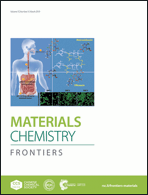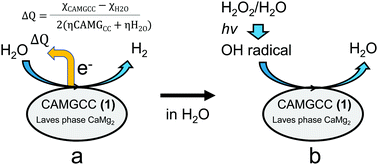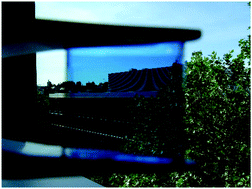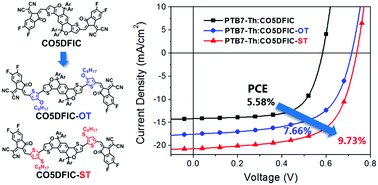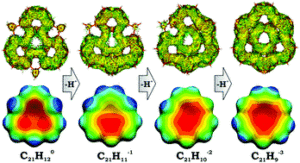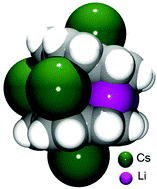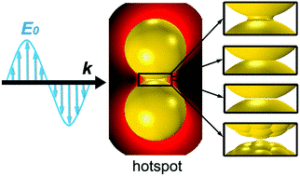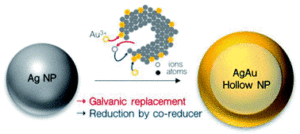We are delighted to share with you a collection of articles from Materials Chemistry Frontiers to highlight the recent progress in the materials for field effect transistors.
All highlighted articles are free to read.
High-performance organic field-effect transistors based on organic single crystal microribbons fabricated by an in situ annealing method
Ji Zhang, Zhaoguang Li, Weifeng Zhang, Man Shing Wong and Gui Yu
Mater. Chem. Front., 2018,2, 2026-2031
http://dx.doi.org/10.1039/C8QM00385H
6,6′-Diaryl-substituted biazulene diimides for solution-processable high-performance n-type organic semiconductors
Hanshen Xin, Jing Li, Congwu Ge, Xiaodi Yang, Tianrui Xue and Xike Gao
Mater. Chem. Front., 2018,2, 975-985
http://dx.doi.org/10.1039/C8QM00047F
Influence of the gate bias stress on the stability of n-type organic field-effect transistors based on dicyanovinylene–dihydroindenofluorene semiconductors
S. Bebiche, P. A. Cisneros-Perez, T. Mohammed-Brahim, M. Harnois, J. Rault-Berthelot, C. Poriel and E. Jacques
Mater. Chem. Front., 2018,2, 1631-1641
http://dx.doi.org/10.1039/C8QM00193F
The lower rather than higher density charge carrier determines the NH3-sensing nature and sensitivity of ambipolar organic semiconductors
Yanli Chen, Xia Kong, Guifen Lu, Dongdong Qi, Yanling Wu, Xiyou Li, Marcel Bouvet, Daofeng Sun and Jianzhuang Jiang
Mater. Chem. Front., 2018,2, 1009-1016
http://dx.doi.org/10.1039/C7QM00607A
Halogenated conjugated molecules for ambipolar field-effect transistors and non-fullerene organic solar cells
Fan Yang, Cheng Li, Wenbin Lai, Andong Zhang, Hui Huang and Weiwei Li
Mater. Chem. Front., 2017,1, 1389-1395
http://dx.doi.org/10.1039/C7QM00025A
Synthesis and properties of a series of quinoxaline-based copolymers: an example to understand the effect of the structure of the mainchain and sidechain on the charge transport ability of the polymers
Dugang Chen, Cheng Zhong, Yan Zhao, Yunqi Liu and Jingui Qin
Mater. Chem. Front., 2017,1, 2085-2093
http://dx.doi.org/10.1039/C7QM00229G
Charge mobility enhancement for diketopyrrolopyrrole-based conjugated polymers by partial replacement of branching alkyl chains with linear ones
Jing Ma, Zitong Liu, Zhijie Wang, Yizhou Yang, Guanxin Zhang, Xisha Zhang and Deqing Zhang
Mater. Chem. Front., 2017,1, 2547-2553
http://dx.doi.org/10.1039/C7QM00307B
Phase separation and electrical performance of bithienopyrroledione polymer semiconductors embedded in insulating polymers
Linjing Tang, Pan He, Xiaolan Qiao, Qun Qian and Hongxiang Li
Mater. Chem. Front., 2017,1, 2265-2270
http://dx.doi.org/10.1039/C7QM00261K
Novel vinylene-bridged donor–acceptor copolymers: synthesis, characterization, properties and effect of cyano substitution
Congyuan Wei, Jiabin Zou, Weifeng Zhang, Jianyao Huang, Dong Gao, Liping Wang, Yi Liao and Gui Yu
Mater. Chem. Front., 2017,1, 2103-2110
http://dx.doi.org/10.1039/C7QM00236J
Dithieno[3,2-a:3′,2′-j][5,6,11,12]chrysene diimides and their molecular energy level regulation
Xueqian Zhao, Congwu Ge, Xiaodi Yang and Xike Gao
Mater. Chem. Front., 2017,1, 1635-1640
http://dx.doi.org/10.1039/C7QM00030H
Synthesis of bithiazole-based semiconducting polymers via Cu-catalysed aerobic oxidative coupling
Alanna Faradhiyani, Qiao Zhang, Keisuke Maruyama, Junpei Kuwabara, Takeshi Yasuda and Takaki Kanbara
Mater. Chem. Front., 2018,2, 1306-1309
http://dx.doi.org/10.1039/C7QM00584A
Design and effective synthesis methods for high-performance polymer semiconductors in organic field-effect transistors
Longxian Shi, Yunlong Guo, Wenping Hu and Yunqi Liu
Mater. Chem. Front., 2017,1, 2423-2456
http://dx.doi.org/10.1039/C7QM00169J
Recent progress in interface engineering of organic thin film transistors with self-assembled monolayers
Danqing Liu and Qian Miao
Mater. Chem. Front., 2018,2, 11-21
http://dx.doi.org/10.1039/C7QM00279C
Rhenium dichalcogenides (ReX2, X = S or Se): an emerging class of TMDs family
Muhammad Hafeez, Lin Gan, Arshad Saleem Bhatti and Tianyou Zhai
Mater. Chem. Front., 2017,1, 1917-1932
http://dx.doi.org/10.1039/C6QM00373G
![]()
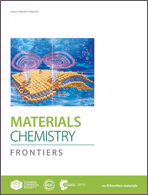


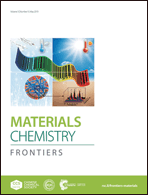









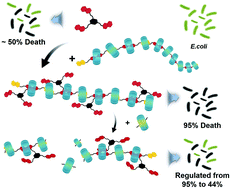
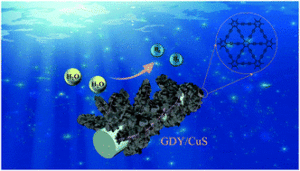
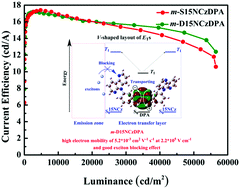
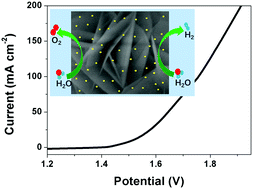
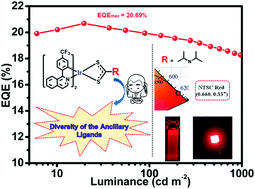
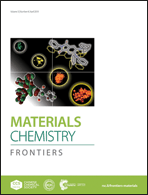 The front cover story,
The front cover story, 
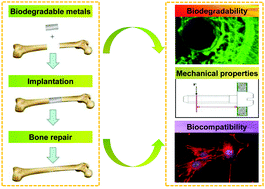
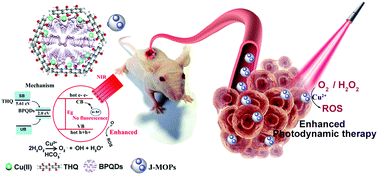
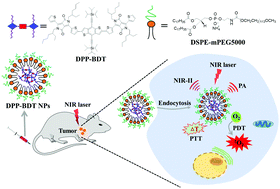
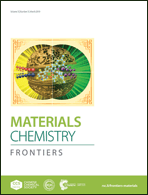 The front cover story,
The front cover story, 